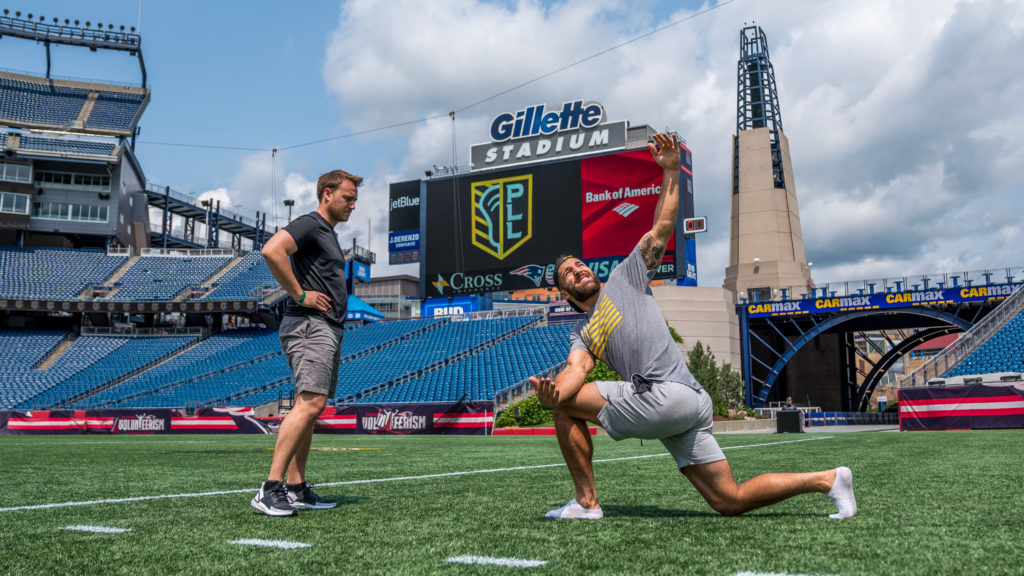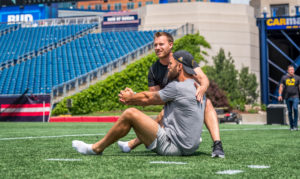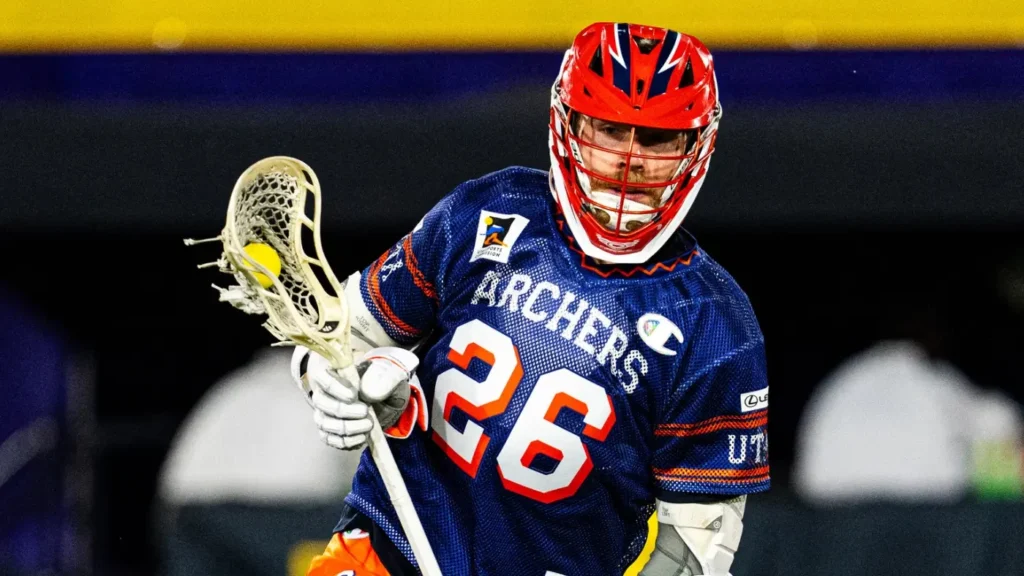
Returning to Sport: An Athlete’s Guide to Injury Prevention
By Mike Giunta | Jun 22, 2020
Over the past few months, we have been challenged with having to do things a bit differently, including our fitness. Once the announcement for the 2020 PLL Championship Series was made, we knew we had a special task of getting the athletes ready to play in an environment that has never been mimicked: two weeks of intense games ending with one champion. Unlike past years that have allowed athletes to build their stamina throughout the season, this year it’s required that they enter the series in peak physical and mental condition. For these reasons, a more thoughtful approach is necessary to ensure their bodies can match their talent and skill. Here is our approach:
Injury Prevention
Our guidelines are based on years of working with lacrosse athletes and understanding the requirements of their bodies. Our daily injury prevention sessions focus on strengthening the muscle groups we know will help prevent injuries typically seen in this population. With adequate deep core stabilization, glute strength, pelvic floor, and adductor strengthening, we can prime the athletes for the demands on the field. Additionally, we know they must strengthen global muscles, however, we found importance in emphasizing generally untrained muscle groups.
Tissue Tolerance
Nothing compares to game shape. This is because it’s nearly impossible to recreate the intensity and pressure that an athlete experiences during competition. With that said, our program focuses on a guided increase in load tolerance that will put the athlete’s body in many different positions. We highlight change of direction, acceleration and deceleration, and allowing the hips to open up and rotate while sprinting.

Mobility
We believe most people understand that flexibility is important for athletes, but what does it mean to be truly mobile in your sport? Our approach focuses on increasing joint range of motion while strengthening within the newly created range. This means that the athlete’s body is being placed in positions often experienced during a game or practice and then trained to sustain that position to build tolerance. For lacrosse athletes, we focus mobility on the shoulders, spine, hips, and ankles. Becoming more tolerant to end ranges of motion will help improve the overall physical nature of an athlete.
Recovery
Recovery is addressed for both the mind and body. Our athletes are encouraged to use different apps for meditation, as well as prime their bodies to be ready for training in the upcoming days. Sleep and nutrition also become a big part of the plan. Recovery sessions are dedicated to addressing sore muscles, resting when needed, and returning the proper nutrients to the body.
- Mike Giunta, DPT, CSCS,
Premier Lacrosse League Medical Director
Owner, CEO Evolution Physical Therapy





Pingback: clones watches
Pingback: microsoft exchange online plan
Pingback: it danışmanlık ücretleri
Pingback: W88.tips
Pingback: paypound , high risk merchant account , forex merchant account , gaming merchant account
Pingback: find
Pingback: cc dumps for sale
Pingback: best dumps
Pingback: Esport
Pingback: truck driving job cdl job semi truck driver jobs
Pingback: Vanessa Getty wiki
Pingback: nova88
Pingback: slot999
Pingback: สล็อตวอเลท ไม่มีขั้นต่ำ
Pingback: Sexe Chat Enflammé Leche
Pingback: Live Sex Hot Jasmin
Pingback: move to good dumps shop
Pingback: 토토사이트
Pingback: psychedelic magic mushroom house
Pingback: hho fuel saver kit/47% Fuel-Saving Plug-N-Play HHO Kit HHO generator Hydrogen kits for cars trucks
Pingback: nova88
Pingback: สินเชื่อที่ดินแลกเงิน
Pingback: buy crystal meth Melbourne Australia
Pingback: sbobet
Pingback: buy mushroom infused chocolate
Pingback: sbobet
Pingback: APC
Pingback: Hidden Wiki
Pingback: weed delivery toronto
Pingback: Native Smokes
Pingback: ข่าวกีฬา
Pingback: stapelstein
Pingback: bonanza178
Pingback: buy bullet proo
Pingback: ข่าวบอล
Pingback: white berry strain for sale online
Pingback: ส่งพัสดุ
Pingback: nemo168
Pingback: hit789